University Village proposal puts buildings in student parking lots
Jordan Plowman / The Sunflower
Kaye Monk-Morgan speaks about the history of the University Village Proposal and what it means for the Wichita State community.
Three University Village proposal listening sessions took place Wednesday in order to gather public feedback and engagement on the project, which is in the initial stages.
If the University Village proposal passes, two buildings will be built in the parking lots south of campus on 17th street. When asked about how parking will affect the students, the developers said that it will be a discussion between them and the university.
“Ya that’s a huge concern, parking is just a huge component of any project,” Brandon Buckley, Vice President of LANE 4, said. “That’s something we’ll meet with the university to talk about, accessing that, we don’t want to push anyone out by any means. That’s something that we take seriously to minimize the potential negatives from that.”
Both Kaye Monk-Morgan, vice president for engagement and planning, and Rick Muma, president, said that this idea has been talked about for many decades, as far back as 1989.
“The most important thing for me as president is it connects to the community, connects not only to the university community but the existing community around the campus,” Muma said.
The project was formally launched in September 2021.
In 2014, there was an effort created to be intentional about connecting with the Fairmount after a murder took place in the neighborhood. In 2015, the Shocker Neighborhood Coalition was created to build a healthy and active community south of campus.
In 2019 and 2020, the University Village concept was born. A town hall was held in September 2020, and throughout 2021 developers were selected through a competitive process.
The two developers that were selected are LANE 4 and GLMV architecture.
Starting in July 2021, QR codes were posted in 24 different places throughout campus, Shocker neighborhood and Fairmount neighborhood. The question asked, “If built in your community, what would you support?”
In terms of engagement with the University Village, they have held presentations for faculty senate, US senate and student senate. They also had meetings with the Fairmount Neighborhood Association, Community Benefits Agreement group and held a Shocker Neighborhood Development Panel in June 2021.
“As a development company, we take really seriously this community engagement and we’ve heard a lot about what the community wants, what the university wants,” Buckley said.
GLMV Architecture was in charge of the development for many locations on Innovation Campus and other locations in Wichita, including NetApp, Partnership Building One, Hyatt Hotel and the new entrance for Sedgwick County Zoo.
The project will include three different phases, with the proposal meeting focus being on phase one, which include two three-story buildings for companies to lease out space.
“We’d really like to tie into the university and present a plan that’s timeless, using real materials, limestone and brick, really important to have a timeless look at the end of the day,” Buckley said. “We want it to look great 50, 60, 70 years down the road.”
Michael Berenbom, Managing Partner of LANE 4, said that there is a real opportunity to achieve some of the community’s desires.
“The opportunity to reach demand that exist, is finding a way to first and foremost financing the project, and by bringing in an anchor use, usually that’s an institutional group one way or another, they could be medically-based, technology based, it could be all sorts of different uses,” Berenbom said. “[In order to] reach the broad spectrum of potential users.
“It allows us to build a first floor retail space, bring some uses that we see as amenities, we’re able to underwrite those rents at a rate that makes sense for mom and pops, cool and unique concepts, it gives us a broader range of potential tenants .”
During the Q&A section, one audience member asked if there would be any development done on the laundromat and bar on 17th St., which will not be a part of the project.
Other comments included suggestions for what should be in the buildings, including mental health centers and a grocery store. Buckley said he will look into and talk to others who have done similar grocery store projects.
“I think that the needed uses have been identified … There are uses that are in demand both from the university and the neighborhood,” Berenbom said.
Berenbom said finding an “anchor” tenant that can drive this type of project will allow them to go find the needed services for the first floor, such as meeting the health needs of the community, food providers or daycare providers.
The developers encouraged people to send ideas and contact information for tenants located in the buildings. They also said that they plan to release a survey in order to collect opinions from the community.
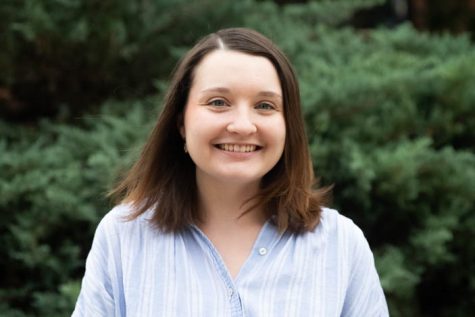
Julia Nightengale was a third-year reporter for The Sunflower, previously working as a Copy Editor and News Editor. Nightengale is a graduate student working...




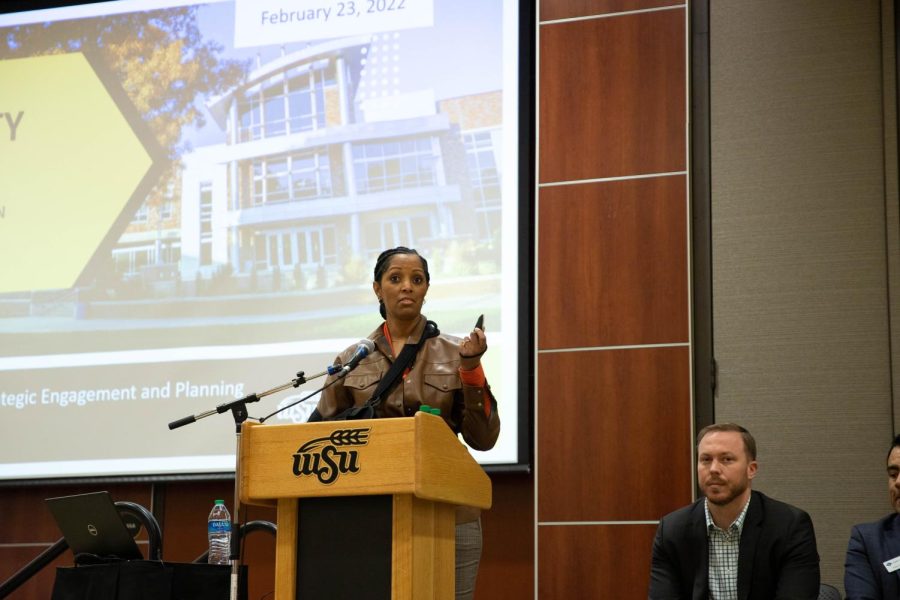
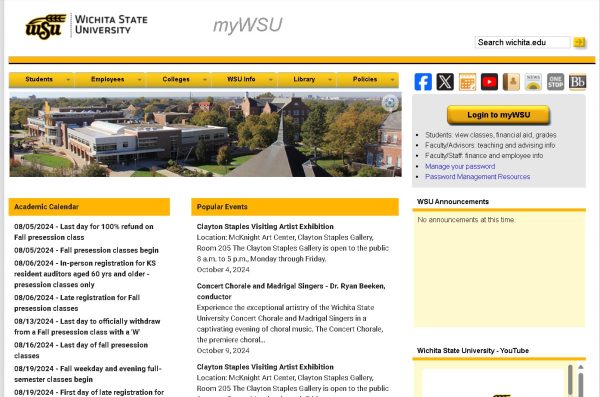
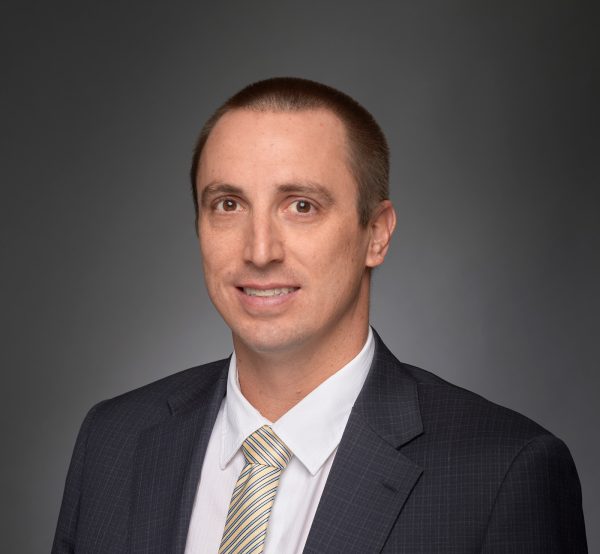
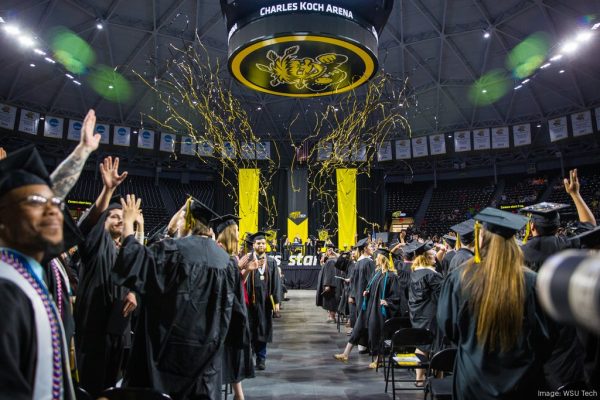
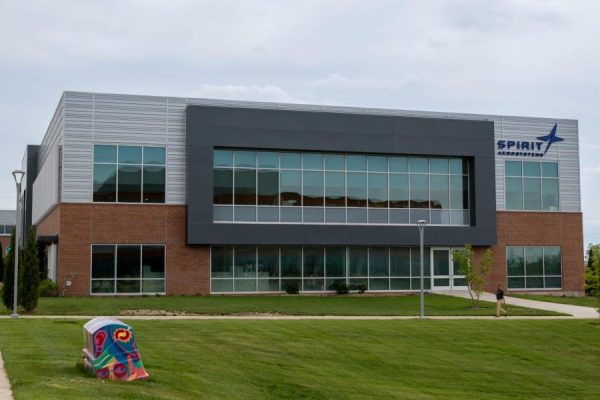
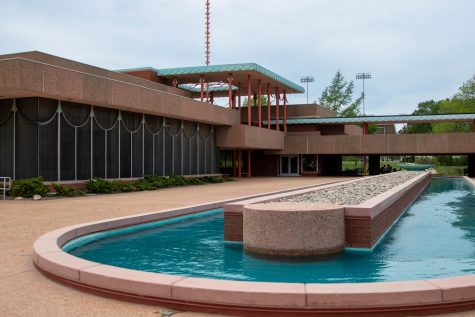
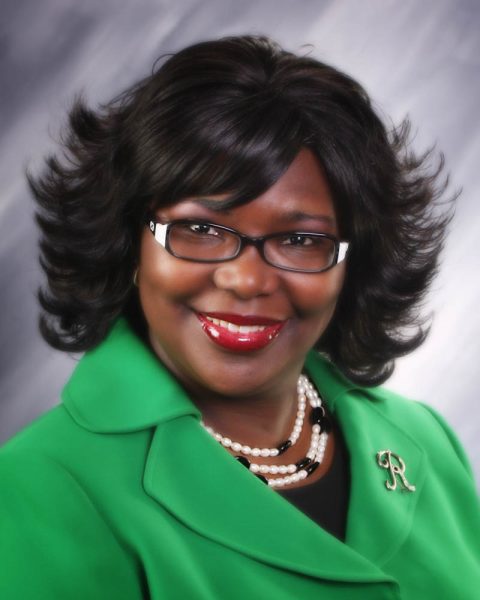
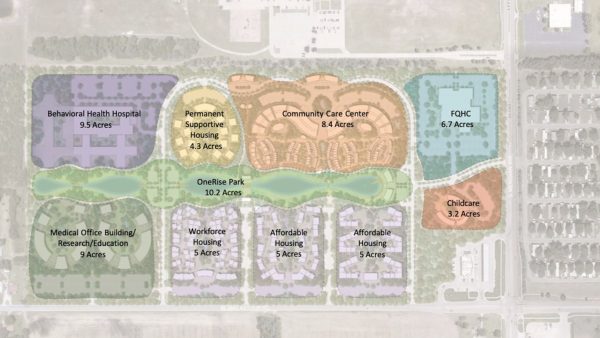
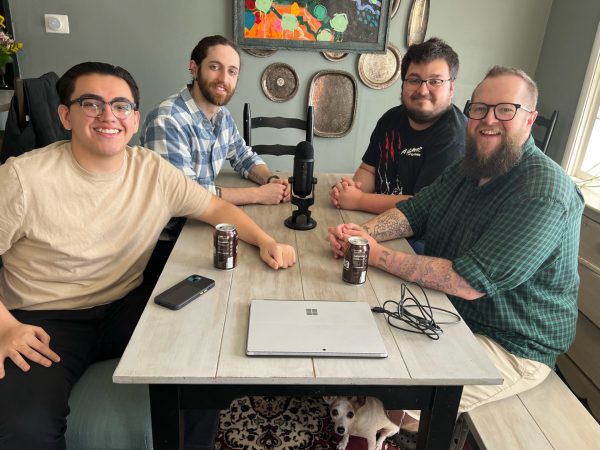
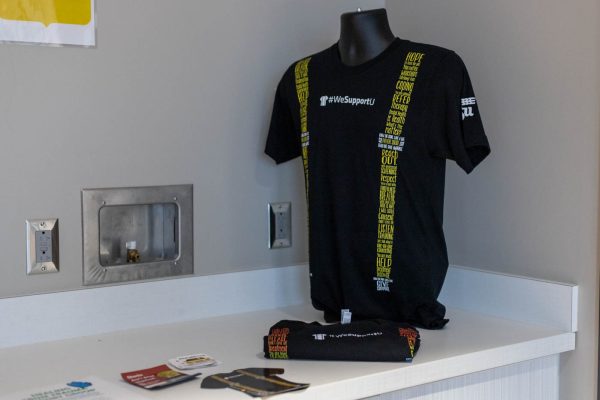
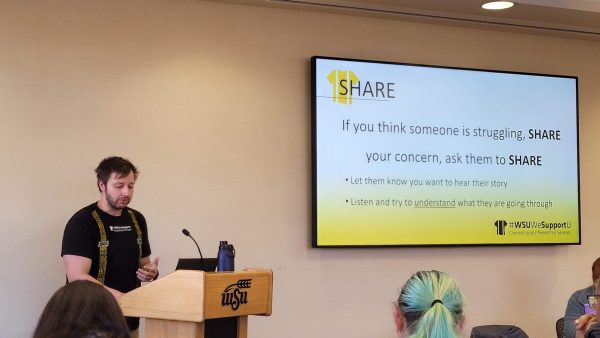
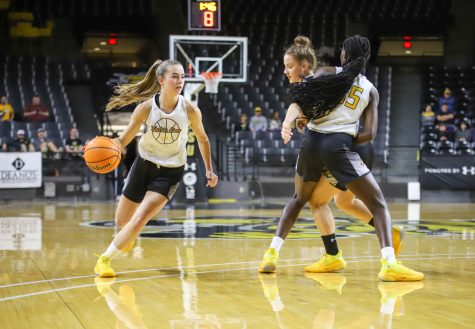
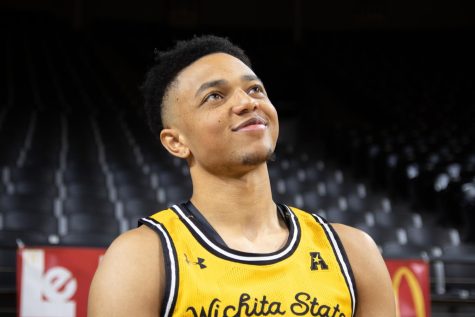
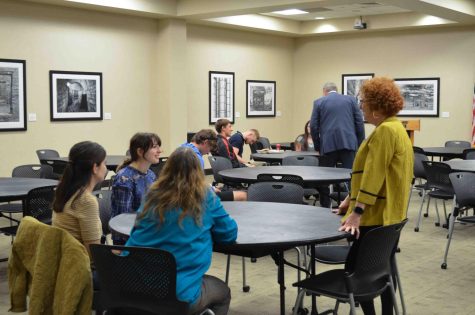
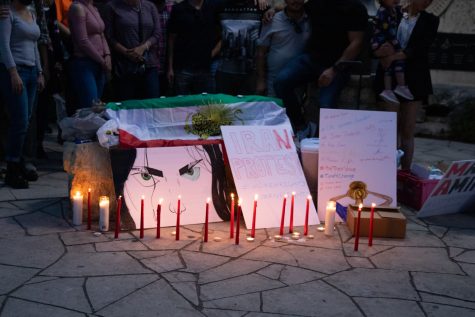
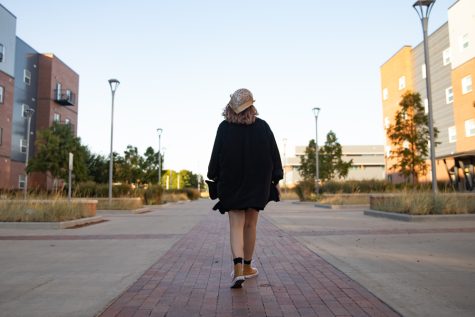
JENKINS COOPER • May 20, 2022 at 1:46 am
THIS IS THE BEST THING THAT HAS EVER HAPPENED TO ME
I was scammed of $379,000 worth of bitcoin with a scam forest investment unknowingly then,
I didn’t know what to do.. I felt like committing suicide, but fortunately for me, my friend introduced me to a cyber crime investigator ( Mr Morris Gray )who also helps in recovering lost invested funds, After working with him, to my greatest surprise, in just few days I got all my lost funds back, and he only took just 15% out of the recovered funds, if you have been scammed with fake forex you don’t need to be scared or worried, because you can also reach him on his email: MorrisGray830 @ gmail . com
He will recover your lost bitcoins back fast and smoothly…
You can WhatsApp him via +1 (607) 698-0239.
And you will be amazed….!!!
firmwarehacks • Mar 12, 2022 at 7:30 pm
BINARY SCAM RECOVERY
❌ Binary Option, Forex and their likes are a means of making money but it’s more like gambling. There are no sure means to guarantee that a person could make profit with them and that’s why it can also be reasoned to be scam. Let’s not forget that some individuals even give you % guarantee of making profits and end up running away with your money. The internet today is full of Binary Option Recovery Scam, you see so much testimonies been shared about how a firm or Company helped them recover what they lost to Binary Options. But believe it, it’s just a way to lure more people and end up scamming them.
❌ You might have also come across some individuals that say they will give you guarantee on successful trades but they only end up as SCAMMERS as well. You here them say stuffs like 200% guaranteed in just 2 weeks and when you go into trade with them, they start telling you to pay profits percentage before you can get your income. These are all liars please avoid them. But if you have been a victim of this guys, then you should contact FIRMWARE now‼️
✳️The big Question is “Can someone Recover their money lost to Binary Option and Scam⁉️
I will say yes, and will tell you how.
The only way to Recovery your money back is by hiring HACKERS to help you break into the Firms Database Security System using the information you provide them with, Extract your file and get back your money. It seems like a really impossible thing to do, I will tell you, it should be impossible, but with the use of specially designed softwares known to HACKERS and Authorities (such as The FBI, CIA e.t.c) it is possible and the only way to recover your money.
✅FIRMWARE are a group of hackers who use their hacking skill to hunt down SCAMMERS and help individuals recovery their money from Internet SCAMMERS.
We just need the contact details of the SCAMMERS and Paymnet Info and within 4-8 hours your money will be return to you.
✳️ You can contact us via the emails below-:
[email protected]
We also provide Legit Hacking Services such as-:
Phone Hacking/Cloning
Email Hacking & Password Recovery
Social Media Hacking & Passowrd Recovery
Deleted Files Recovery Mobil Tracking
Virus detection & Elimination.
Email-: [email protected]
Firmware
2022 © All Right Reserved.